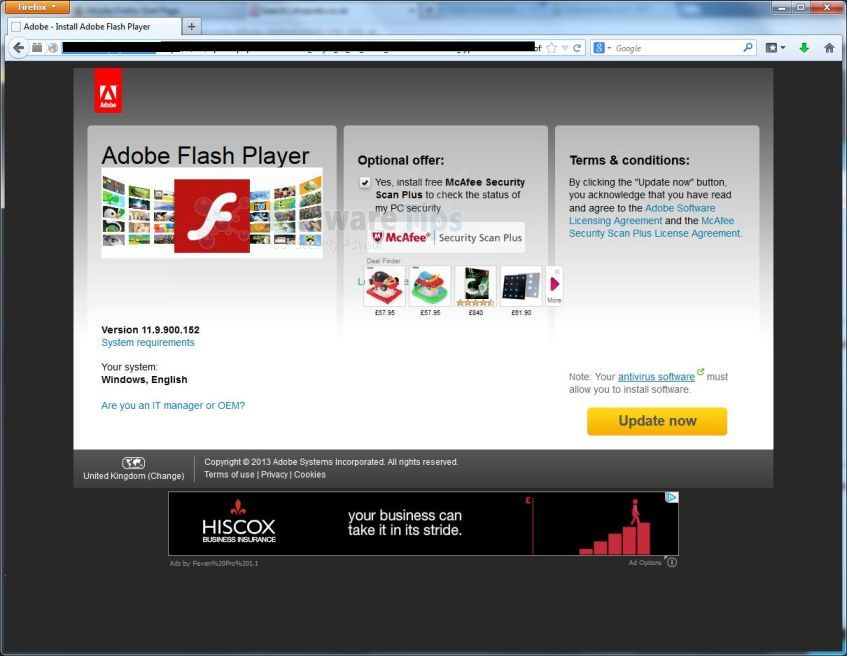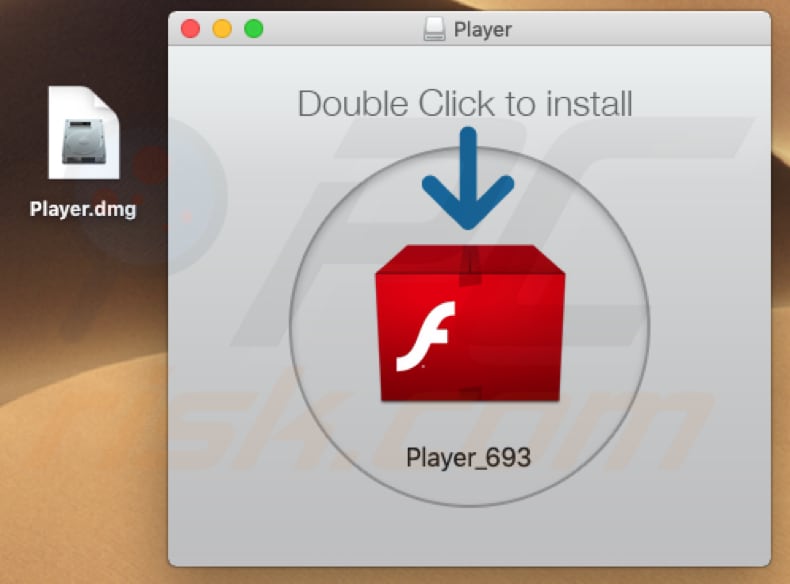

- #HOW TO REMOVE FAKE ADOBE FLASH UPDATE VIRUS MAC HOW TO#
- #HOW TO REMOVE FAKE ADOBE FLASH UPDATE VIRUS MAC MAC OS X#
- #HOW TO REMOVE FAKE ADOBE FLASH UPDATE VIRUS MAC INSTALL#
- #HOW TO REMOVE FAKE ADOBE FLASH UPDATE VIRUS MAC PATCH#
- #HOW TO REMOVE FAKE ADOBE FLASH UPDATE VIRUS MAC SOFTWARE#
#HOW TO REMOVE FAKE ADOBE FLASH UPDATE VIRUS MAC HOW TO#
If you are, for some reason, wary of using one of these third-party tools, CNET's Topher Kessler provides a step-by-step guide on how to remove Flashback from your Mac. Using one of the above, aforementioned tools from F-Secure or Norton will automatically get rid of the malware from your computer without any further steps.
#HOW TO REMOVE FAKE ADOBE FLASH UPDATE VIRUS MAC PATCH#
If your system is clean, the commands will tell you that those domain/default pairs "does not exist." If you're infected, it will spit up the patch for where that malware has installed itself on your system. The command will run automatically:ĭefaults read /Applications/Safari.app/Contents/Info LSEnvironmentĭefaults read /Applications/Firefox.app/Contents/Info LSEnvironmentĭefaults read ~/.MacOSX/environment DYLD_INSERT_LIBRARIES Once there, copy and paste each one of the code strings below into the terminal window. If you want to find it without digging, just do a Spotlight search for "Terminal."
#HOW TO REMOVE FAKE ADOBE FLASH UPDATE VIRUS MAC SOFTWARE#
Security company Symantec offers its own, Norton-branded standalone tool, which you can get here.Īlternately, you can run a trio of commands in Terminal, a piece of software you'll find in the Utilities folder in your Mac's Applications folder. Follow the instructions here on how to get and use it. Right now the easiest way to tell if your computer has been infected is to head to security firm F-Secure and download its Flashback detection and removal software. Apple has stopped supplying software updates for these operating systems.
#HOW TO REMOVE FAKE ADOBE FLASH UPDATE VIRUS MAC MAC OS X#
Of note, the Java security fixes are only available on Mac OS X 10.6.8 and later, so if you're running OS X 10.5 or earlier, you will still be vulnerable. Apple closed off the malware's main entry point with a Java update on April 3, and has since released a removal toolas part of a subsequent Java update. Since Flashback's launch, the security tool has been updated twice to identify and protect against a handful of Flashback variants.Ī more recent version of the malware, however, got around XProtect by executing its files through Java. Apple didn't get around to fixing its own Java version until April.Īpple has its own malware scanner built into OS X called XProtect. As it turns out, the malware writers exploited one particular vulnerability that Oracle patched in February. Instead of simply using Java's current public release, the company creates and maintains its own versions. What also didn't help is the way that Apple deals with Java.

#HOW TO REMOVE FAKE ADOBE FLASH UPDATE VIRUS MAC INSTALL#
In its newer Java-related variants, the software could install itself without the user having to click on anything or provide it with a password. It didn't help that Apple hasn't shipped Flash on its computers for well over a year, arguably creating a pool of users more likely to run the installer in order to view popular Web sites that run on Flash. In its initial incarnation, the malware looked very similar to Adobe's Flash installer. The simple answer is that the software was designed to do exactly that. More advanced versions would install quietly in the background with no password needed. The malware evolved to target the Java runtime on OS X, where users visiting malicious sites would then be prompted to install it on their machine in order to view Web content. An earlier version of the Flashback Trojan's installer.įlashback as we know it now appeared near the end of September last year, pretending to be an installer for Adobe's Flash, a widely used plug-in for streaming video and interactive applications that Apple no longer ships on its computers. In its most recent incarnations, the software can install itself without user interaction. At that point, the software installs code designed to gather personal information and send it back to remote servers. A user typically mistakes it for a legitimate browser plug-in while visiting a malicious Web site. So here's a quick FAQ on the Flashback Trojan, including information on what it is, how to tell if you have it, and steps you can take to get rid of it.įlashback is a form of malware designed to grab passwords and other information from users through their Web browser and other applications such as Skype. Web said that an estimated 600,000 Macs are now infected as a result of users unknowingly installing the software. Nowhere is that clearer than with the Flashback Trojan, a gnarly piece of malware designed to steal personal information by masquerading as very mainstream browser plug-ins. Apple's Mac platform has long been promoted as safer than the competition, but as Mac sales and market share grow, it's become a bigger target.


 0 kommentar(er)
0 kommentar(er)
